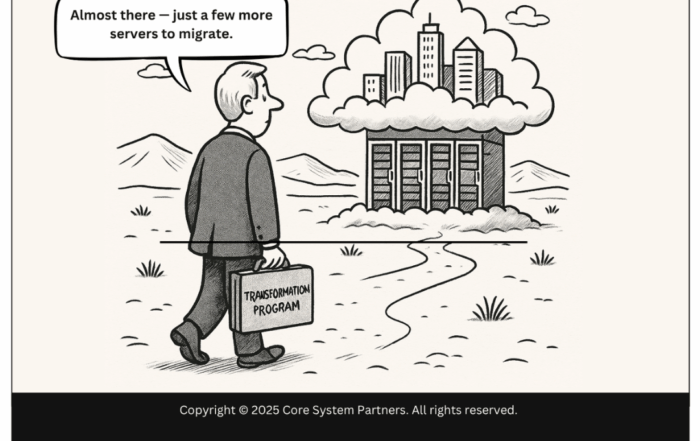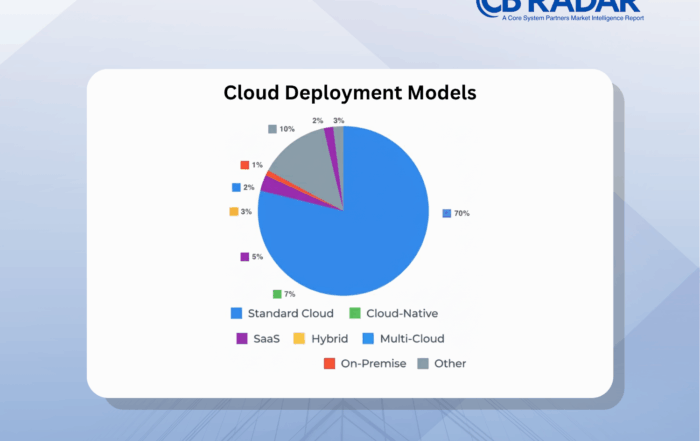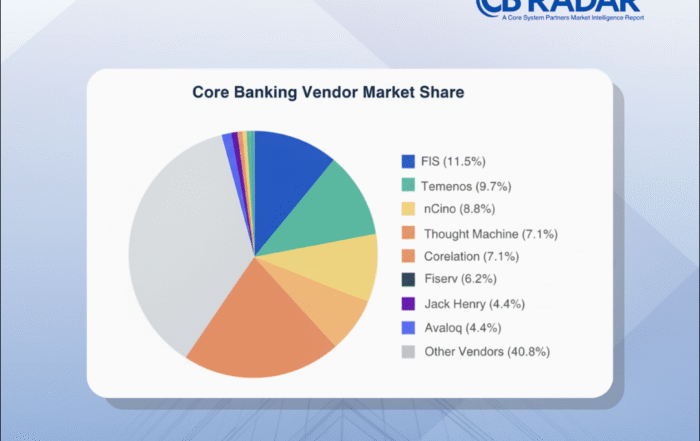
Hey there, fellow bank tech enthusiasts! Let me spin you a tale. Picture this: a mid-sized regional bank, smack-dab in the middle of the technological revolution, but still clinging to dusty old tools (handwritten ledgers, can you believe it?) and software (running on CRT terminals, no less). This stubbornness didn’t just throw a wrench into their operations; it also put a serious dent in their reputation with customers.
And, my friends, this isn’t an isolated incident. Banks across the globe are struggling with similar challenges. So, let’s dive deep into these issues and see what nuggets of wisdom we can glean:
The Quagmire of Obsolete Tech
A surprising number of banks are still bogged down by ancient systems that slow them to a crawl and muddle their customer data. Like our friend the regional bank, they resist the winds of change and refuse to adapt. But those banks that take the leap and upgrade their tech can rev up their operations, streamline their processes, get to treat their customers to a stellar experience.
The Mainframe Conundrum
In days of yore, gigantic mainframe computers (remember the 12” floppy discs? Well actually I heard about them 😉 were considered the gold standard of reliability. But, those days are gone. Nowadays, these centralized behemoths are a costly albatross, stiff as a board, and a nightmare to integrate with modern tech. By clinging to these mainframes, banks risk being left in the dust of the rapidly accelerating digital age.
Rising to the Challenge of a Shifting Landscape
Legacy banking systems have a notorious reputation for rigidity, making it a Sisyphean (I took Latin) task for banks to keep pace with the ever-shifting sands of market trends. It’s like trying to sprint through a swamp! By embracing core banking transformations, banks can shuck off these shackles and better cater to the evolving needs of their customers.
Consider this: a recent Accenture survey revealed that a hefty 73% of folks are keen to try out innovative tech tools from sources beyond banks. And a McKinsey study discovered that banks nimble enough to adapt to shifting consumer needs can double their revenue growth compared to their more sluggish peers.
The Hefty Price Tag of Sticking with the Old
Persisting with antiquated systems doesn’t just hamstring scalability – it also drives maintenance costs through the roof. Banks that don’t modernize their infrastructure risk falling behind their forward-thinking rivals. By implementing a core banking transformation, they can slash operational costs, turbocharge efficiency, and polish their customer service to a high shine.
Take Deutsche Bank as a cautionary tale. They had to ax a staggering 18,000 jobs and rein in their investments just to keep their heads above water, all thanks to exorbitant operational expenses and a labyrinthine IT setup. If that’s not a clarion call to action, I don’t know what is!
The Security Bogeyman and Compliance Conundrums
Legacy systems are a ticking time bomb when it comes to security breaches and compliance snafus, and defusing that bomb can cost an arm and a leg. Remember the infamous 2014 JPMorgan Chase data breach? Cybercriminals infiltrated the bank’s systems, compromising the personal data of 76 million households and 7 million small businesses. The attack exposed the vulnerability of even the largest financial institutions and served as a wake-up call for the industry.
By weaving mostly simple, common sense robust security measures into modern core banking systems, banks can lower risks and satisfy regulatory demands. Investing in core banking transformations can help banks safeguard their customers’ data and preserve their good name.
Found this article interesting? Check out these three related reads for more.
- Why is it referred to as a core banking transformation instead of just a migration?
- Core banking transformation with embedded analytics
- Optimizing business requirements for project success
#CoreBankingTransformation #SystemChallenges





